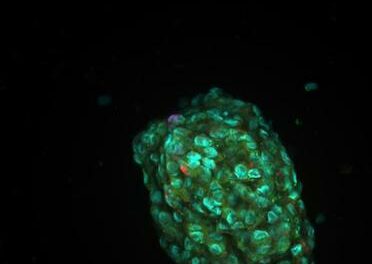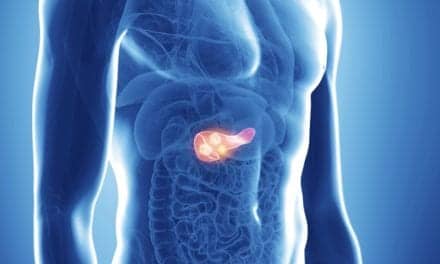NEW YORK (Reuters Health) – The prostate specific antigen (PSA) level and the level of pathologist expertise are key factors in determining whether the Gleason score of a given prostate cancer should be upgraded to indicate higher grade disease, new research suggest.
Being able to identify men with apparent low-risk prostate cancer who actually harbor high-grade disease (Gleason pattern 4 or greater) is important to determine the optimal treatment, Dr. Neil E. Fleshner, from Princess Margaret Hospital in Toronto, and colleagues point out.
Their study, reported in the June 15th issue of Cancer, involved 175 men with low-risk prostate cancer who underwent radical prostatectomy. All of the men had a Gleason score of no greater than 6 at biopsy.
The main focus was to identify preoperative factors that predicted an increase in the score to 7 or higher on analysis of the surgical specimen, the report indicates.
Sixty patients (34%) had their Gleason score upgraded to 7 or higher, the authors note. Multivariate analysis revealed the PSA level and the level of pathologist expertise as being significant predictors of upgrading.
Combining these two factors with other variables, such as age, digital rectal examination, and transrectal ultrasound results, the investigators were able to create a nomogram that predicted Gleason score upgrading with "acceptable discrimination" (C statistic 0.71).
"We have provided clinicians with a list of significant factors associated with upgrading of low-risk disease and have created a tool which can aid clinical decisions," the authors conclude. "By facilitating identification of individuals who are at high risk of upgrading from low-risk disease status, clinicians can diminish the risk of undertreatment of patients with undetected high-grade cancer and, thereby, pursue treatment regimens with more confidence."
Cancer 2007;109:2432-2438.



